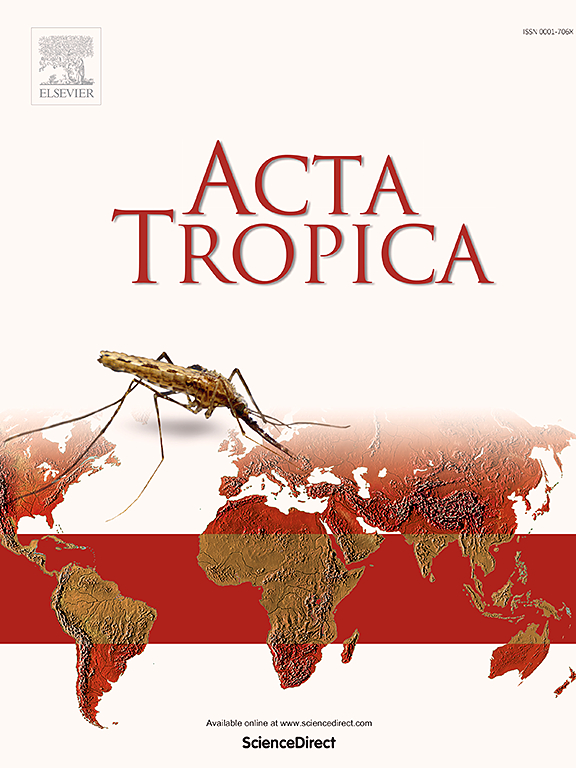Differential B cell mediated immune response during Plasmodium yoelii infection in mice
IF 2.1
3区 医学
Q2 PARASITOLOGY
引用次数: 0
Abstract
B lymphocytes are essential components of the humoral immune response and categorized into various subsets according to specific surface markers, functions, and developmental stages. Each subset of B cells plays a distinct role in the immune response, contributing to the overall effectiveness of the immune system. In this study, we investigated the modulation of different splenic subsets of B cells during Plasmodium yoelii infection. Balb/c mice infected with each Plasmodium yoelii XL and Plasmodium yoelii XNL parasite were used for phenotypic characterization of splenic B cell subsets through flow-cytometry. Our findings indicate that both lethal and non-lethal infections of Plasmodium yoelii result in significant alterations within the B cell compartment of the spleen in Balb/c mice during malaria infection. Notably, a differential expansion of immature B cell subsets T1 and T2 was noticed. A continuous reduction in frequency of both subsets (T1 and T2) during infection with lethal parasite while an increase in these subsets during the recovery from infection with non-lethal parasite was observed. Further, the frequencies of mature B cell subsets, follicular B cells and marginal zone B cells, were reduced during lethal infection which may be leading to susceptibility. Whereas non-lethal parasite infection resulted in increased frequency of follicular B cells in spleen which indicates towards establishment of germinal centre for generation of long-term immunity/resistance to infection. This differential expansion of splenic B cell subsets reflects the distinct characteristics of lethal and non-lethal parasite. Overall, these findings illustrate the potential role of B cells in resistance/susceptibility during malaria infection and further enhance our understanding of the B cell mediated immunological aspects of Plasmodium infection.

求助全文
约1分钟内获得全文
求助全文
来源期刊

Acta tropica
医学-寄生虫学
CiteScore
5.40
自引率
11.10%
发文量
383
审稿时长
37 days
期刊介绍:
Acta Tropica, is an international journal on infectious diseases that covers public health sciences and biomedical research with particular emphasis on topics relevant to human and animal health in the tropics and the subtropics.
 求助内容:
求助内容: 应助结果提醒方式:
应助结果提醒方式:


